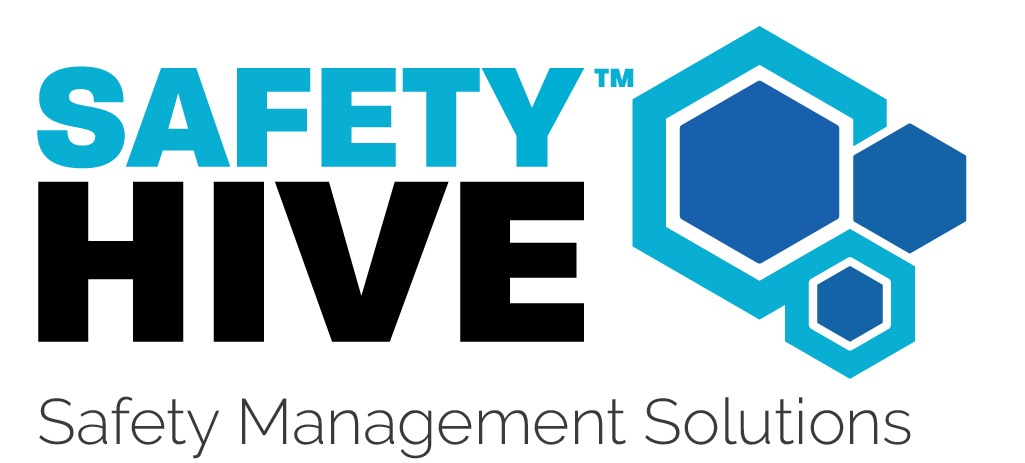Developing apps is my gig. I love making web and mobile tools that enhance a person’s quality of life. When I was asked to develop a series of apps for a company called Safety Hive, I quickly said yes because not only could I do what I love, but I could save people’s lives while I did it! When I first took on this challenge, I thought it would be like any other app developing project. Make a clean, streamlined look and add a ton of features that make your app better than the competitor. Simple, right?
Wrong.
The deeper I got into the development of the Safety Hive software the more I realized that building this software has to go way beyond just building an app to perform a simple function and spitting out a report.
Let me give you a 30,000 foot view of what I’m talking about:
This software has to be customizable.
Every customer has a unique safety program that’s built around guidelines of compliancy, traditionalism and personalization. For instance:
- Every company needs to be able to capture and report hazards. (This relates to compliancy.)
- The way we have been doing the required reporting, is by filling out a form that some guy named Bob made ten years ago (This deals with traditionalism)
- The form will record what we need and provide the necessary information to our Maintenance, Legal and Human Resource counterparts. (This is where personalization comes in)
Although these three areas seem common, they can be robust and complicated because they must align with the company’s policies, methodology of doing work and how they want to instill safety culture. No two safety programs are alike, so the software needs to easily adapt to each company’s requirements, yet a lot of safety software on the market is fixed with barely any customization abilities.
This software needs to be simple and functional for every worker, not just those who are tech-savvy.
Technology has given us so much opportunity to enhance a company’s safety culture, reduce time-wasting procedures and improve visibility for safety. Most importantly, it empowers the every day worker to be safe without having to be constantly monitored by a supervisor.
However, most software developers have missed the mark when it comes to safety software. Safety apps should be designed with the average safety professional in mind. They should be so easy to use that every worker, no matter their technological abilities, can pick it up and use it on an every day basis, which will, in turn, drive the safety culture of their company.
This software must attach to physical assets to create a broader and more streamlined analysis.
If I fill out a form, digital or paper, what does that form record? The answer… a pile of forms that give you a very small glimpse of what is really going on. Because of this small percentage of accuracy, it is difficult to see and understand the full picture of what is happening within a company, which prevents opportunities to accurately predict incidents.
Imagine having a hazard or inspection report attach to a physical element like a piece of machinery, a tool or even a person. Would you have more success with your investigation? Could it give you more confidence in determining the source of a hazard and its probability of creating an incident?
What if the person is mis-using the tool, or the tool isn’t the right tool for the job? Can a form give you that information over the course of time?
Analysis is crucial to the process of removing risk and preventing incidents from occurring. Having your software connect to a database of assets like machines, tools, people and even areas of a location is essential to a safety management software.
In Conclusion…
In the end, I have found that off-the-shelf software just doesn’t work very well in every situation at every company. As you are choosing a safety software, consider how that software is going to support the essentials of your safety program and most importantly, understand the ever growing demands of mitigating risk and predicting incidents from occurring.
I have found that as a developer, it is my job to create a software that is simple and functional for the worker. Safety can’t just happen sitting at a desk in front of a pile of forms, it has to be placed in the hands of each worker in the field, on the dock or on the plant floor.
Tristan Jackson is a Safety Technology & Software Program Manager at Safety Hive

